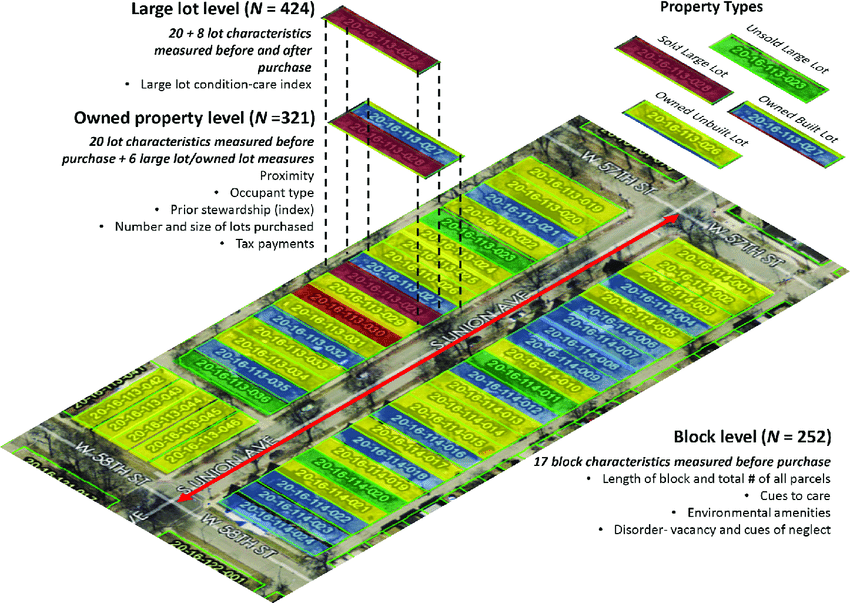
ABSTRACT
Research increasingly shows that greening activity can spur contagious or imitative behavior among nearby neighbors within residential landscapes. Krusky et al. (2015) examined this phenomenon in the context of vacant lots and found support for a “greening hypothesis” that residential yards near vacant lots that were converted to community gardens exhibited higher levels of care than yards near untended vacant lots. Although such activity implies a temporal, causal relationship, research to date has only tested the spatial dimension of greening through correlational measures of proximity assessed at one point in time.
The full article can be found here.